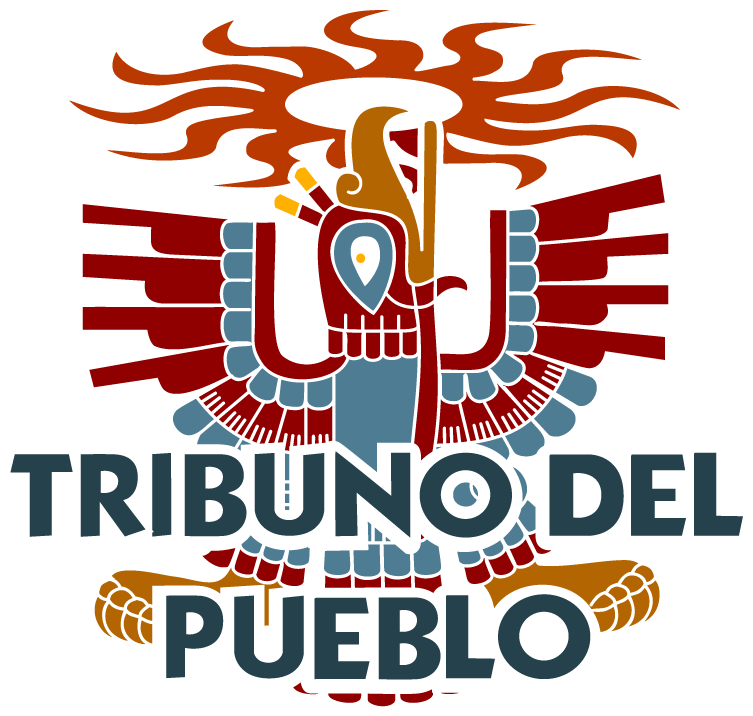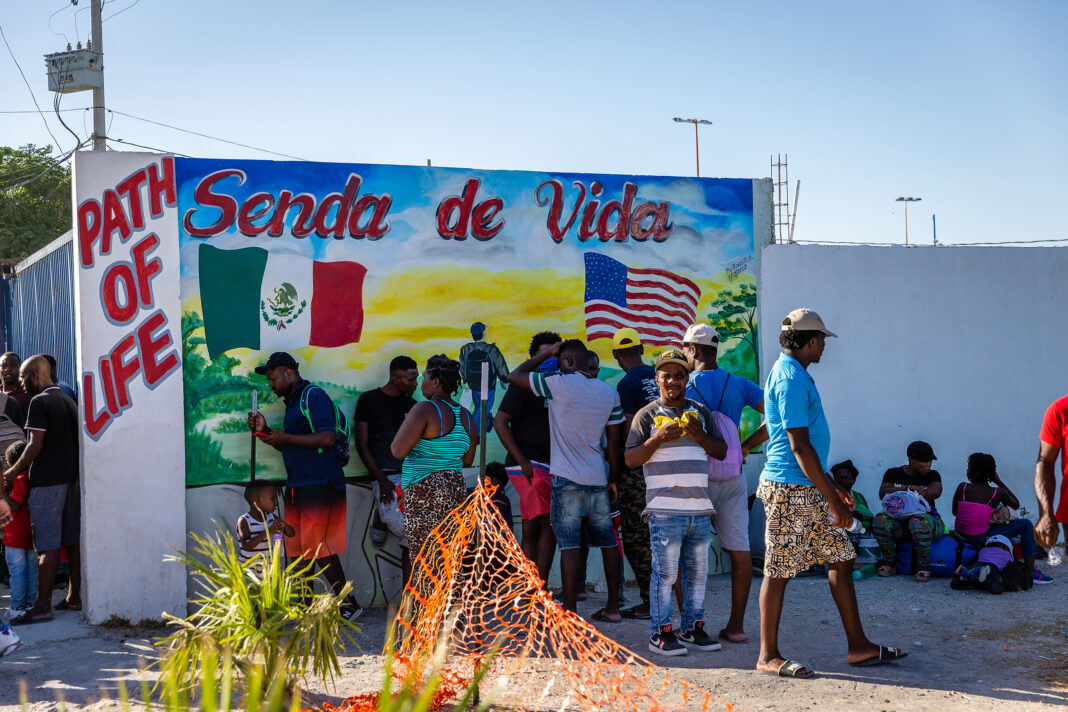Jennifer Harbury is a member of the Angry Tías and Abuelas in the Rio Grande Valley. While not originally from the valley, she has spent most of her life here working with Legal Aid as an attorney. She also lived in Central America during the Dirty Wars and, as she states, “I understand very well what it is that people are running from: the refugees that are here.”
Tell us about Reynosa, Tamaulipas and in what conditions the migrants and refugees are living under?
Reynosa right now is one of the most dangerous cities anywhere. The United States Department of State has this region categorized as a Category four in security. That means it’s the same as Iraq and Afghanistan in terms of danger and their recommendation is, ‘Don’t go there.’ It doesn’t say be careful. It doesn’t say proceed with caution. It says don’t go.
Border patrol agents are told not to go there to visit their grandparents or their family. Most families live on both sides of the river and that’s how it’s always been. But what do we do? We’ve sent back thousands and thousands of families, including children, old people, people on crutches, small women with two babies and we’ve left them there for years. We’ve trapped them there. The danger is because the city is now and has been for many years completely controlled by the cartels and different gangs.
It became more dangerous place over the years. And finally, even the Mexican military left Reynosa.
The gangs know that the refugees themselves probably don’t have any money, but they know someone in the north loves them and if they don’t have any money, they’ll sell their house; they’ll sell their car; they’ll beg; they’ll go take out loans and they’ll round up eight, $10,000 for each person.
Some of them (migrants) have been kidnaped two, three or four times. One woman under MPP was first kidnaped with her three-year-old son and told that if her husband didn’t pay the fee, they were going to sell her child for his organs, which is a more and more common threat. The second time, the woman and son were grabbed by a rival gang after the husband paid and got trapped in the middle of a shootout. They were arguing over who had the rights over the different people. The parents put their kids down flat on the floor and lay down on top of them and prayed with the walls getting blown off.
They survived. They got to the river, crossed it and were told it’s MPP. They have to wait in Matamoros, México. They have to go back and wait their turn for their court hearing. While she was sleeping in the tent city, they (the cartel people) got her out with her three-year-old son. She was thrown in the back of a pickup truck and gang raped in front of her. The little boy was next to her in the back of the pickup truck. They finally dumped them out bloody and hysterical back here. She was brought to me. I got a friend who’s an attorney to represent her. We raised hell. How could you send her back? She’s in danger of being kidnap. They said no, ‘she’s not in danger’ and sent her back again. She was trapped here for years. At the end she was suicidal and her little boy was not right. This is an example of what happens to people who get trapped here.
How did Tías and Abuelas begin?
A number of us women at the bridge, just little old ladies like myself, started meeting each other over and over and over again, lugging bottles of water, food and stuff. And so, we met at my house for a cup of coffee and seven of us formed the Angry Tías. We’re just a loose affiliation.
We use our own cars, our own phones, and our own houses. There’s no office, there’s zero overhead. We talked on chats all the time and at first it was just like, ‘Tell us which town has the biggest problem? Where do they need food? Where do they need diapers?’ And we coordinate that way. And then people started donating money. Now we’re here in Reynosa [and] we’ve raised money, for example, to help with the construction costs of this shelter and Senda down the road. These places hold 2,000 people. It wasn’t supposed to be open yet, but it’s open now because of the need.
Thousands kept coming back after they were kicked out. The shelters weren’t enough. People were getting killed in the streets and kidnaped. So, we had to build another shelter that’ll hold more.
The United Nations says incoming OEM isn’t coming and the Red Cross isn’t here. You know, they waited all through the first two years of COVID and they didn’t even get a shipment of testing; nothing from the international community.
We went out and built the shelters ourselves. Pastor Hector and the migrants who used to be in the streets went out, cleaned out this area and built that 10-foot high wall brick by brick with their own hands and bathrooms and pipelines and electric stuff.
Migrants would be mauled by Mexican immigration after the U.S. just toss them right back. They’d come down through the bridge, then through Mexican immigration, which would take them to separate rooms and robbed them blind and sexually attacked several people by their records.
Asylum seekers
But if you were asking for asylum you had to sit on the sidewalk and wait your turn in line and they would not keep a wait list. So, if you went to get food or go to the bathroom somewhere else, you would lose your place. Or you could get kidnaped trying to go back to Mexico.
So, they stayed right there and they stayed an average of two weeks and 104 degree heat and sleeping on little cardboard mats and stuff. Immigration provided no water and would not let them in to use the food machine or even to use the bathrooms to nothing.
This stream of refugees is not going to stop. It’s not just climate change. No, it’s not. It’s the same death squads that have driven everybody out of Central America for the last century with a whole lot of U.S. intervention. My husband was killed by a group of internal intelligence officials in the Guatemalan military during the genocide who were trained at the School of the Americas.
The United States was paying these local, very corrupt military officers to carry out torture and assassinations and we kept paying for it. My husband was one of many who ended up killed in that process. But some of those officers they’re all still up and free and walking around and we (the United States) will not release their files, which means they’re safe from war crimes trials until those are released. But many of them are on the DEA corrupt officer list, meaning they’re drug lords, which we’ve also always known.
So, if they’re drug lords, they’re the ones that are chasing everybody out of Guatemala and up to our borders. They’re our friends. The United States government is not indicting them as drug lords because there are former partners where DEA is not allowed to go after them. So, the same monsters that we created, trained, and made very wealthy are now high-level drug lords doing the same torture and murder and terror techniques driving people to our border.
We have a lot of nerve talking about immigrants that can’t be bothered to fix their own countries that we’ve in fact destroyed and kept our boots on so that’s my one-hour summary.
Listen to Jennifer Harbury’s full interview.https://tribunodelpueblo.org/reynosa-videos-eng/
El Tribuno del Pueblo brings you articles written by individuals or organizations, along with our own reporting. Bylined articles reflect the views of the authors. Unsigned articles reflect the views of the editorial board. Please credit the source when sharing: tribunodelpueblo.org. Our editorial staff is made up of volunteers and interns with a small stipend. We are a reader-supported publication. Please donate at http://tribunodelpueblo.org to keep bringing you the voices of the movement, pro-labor and pro-migrant, because no human being is illegal.



